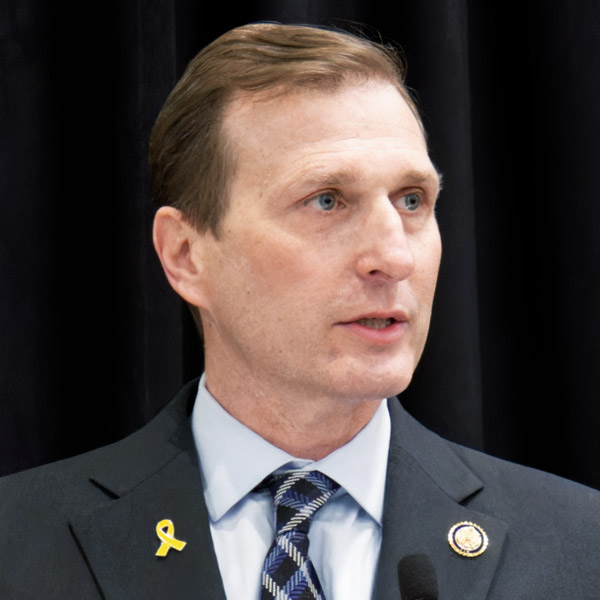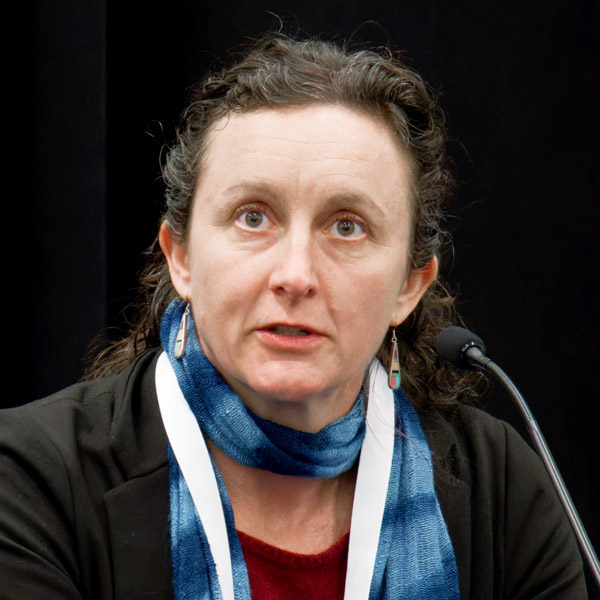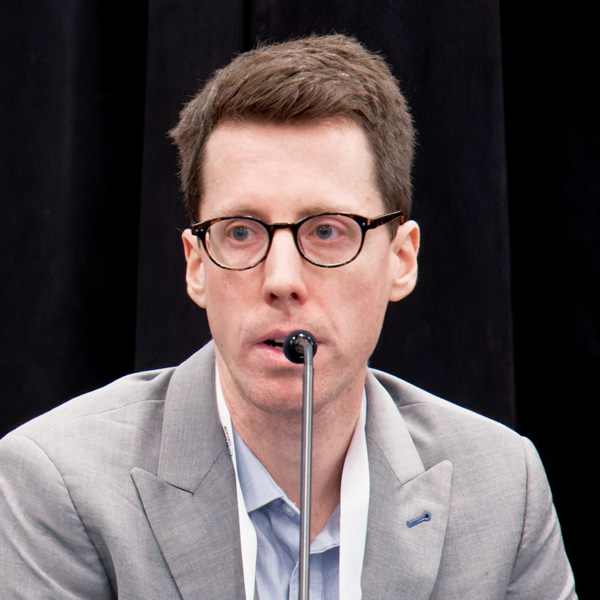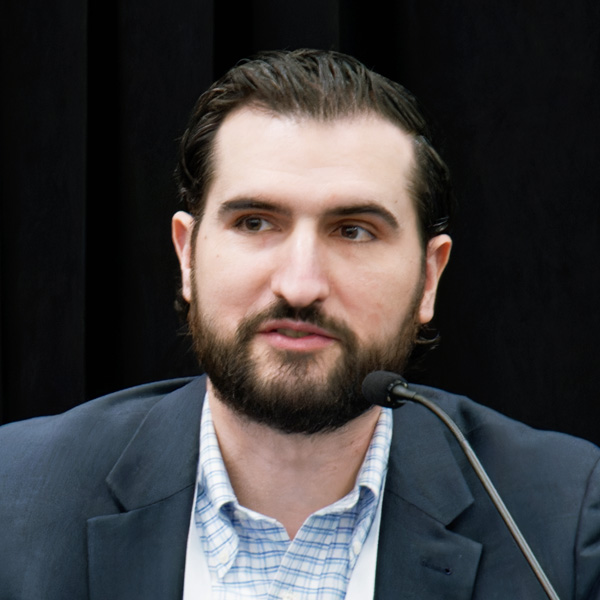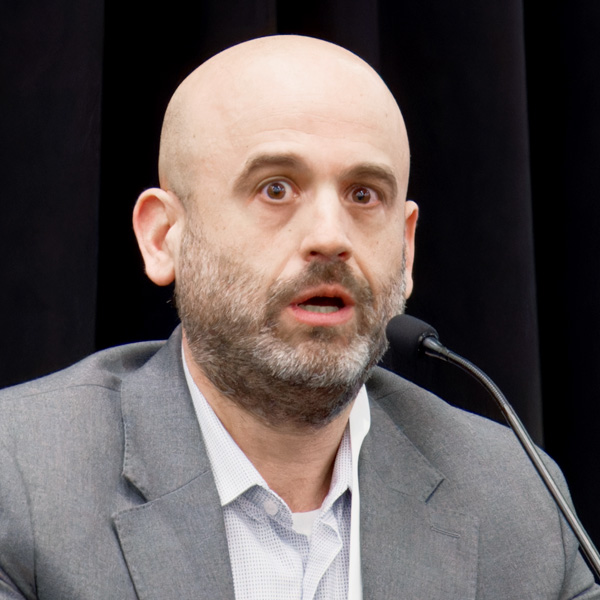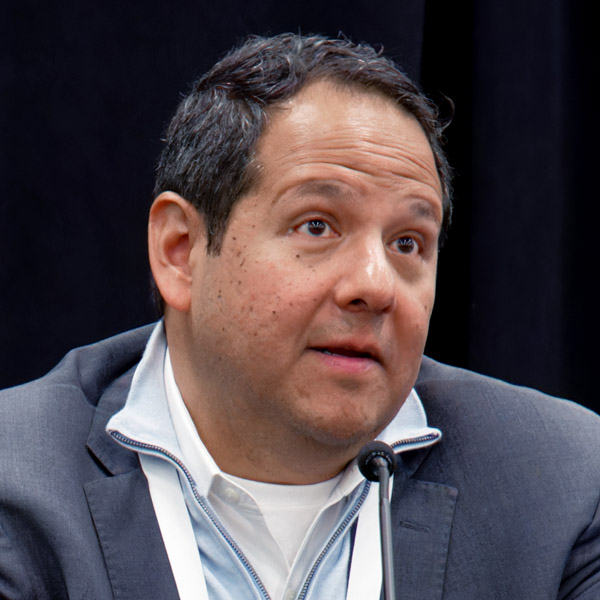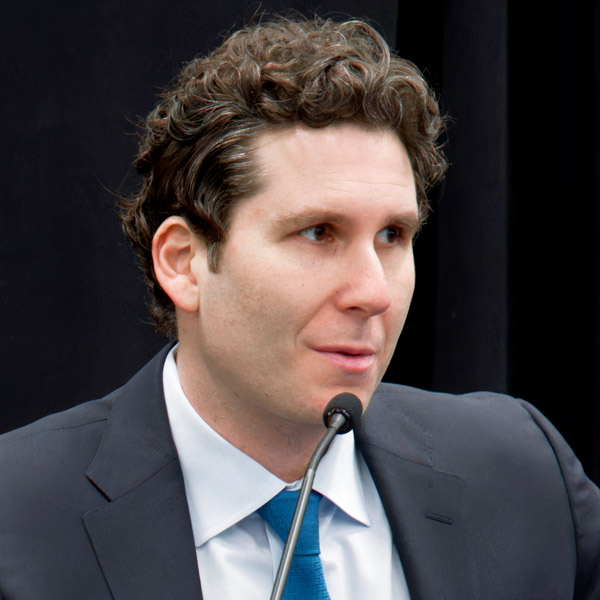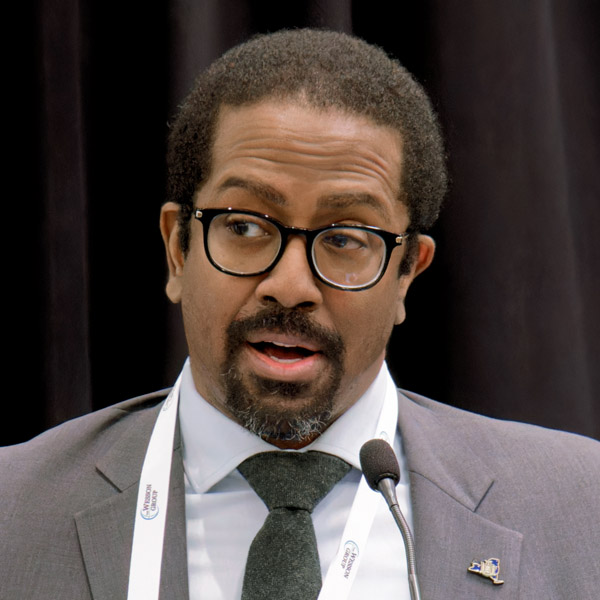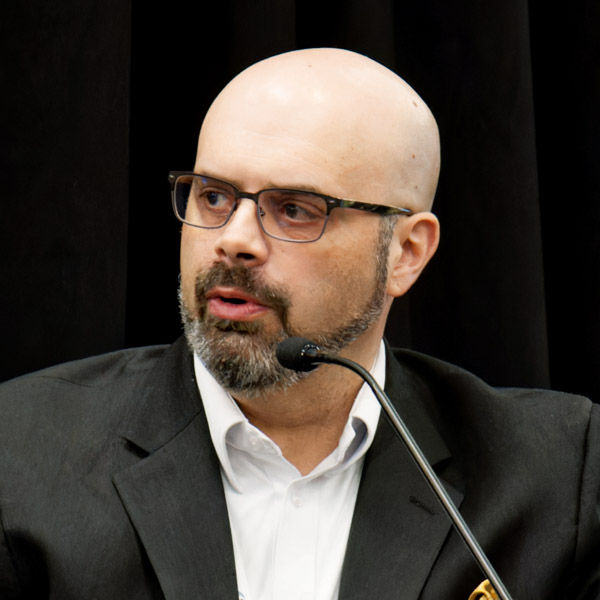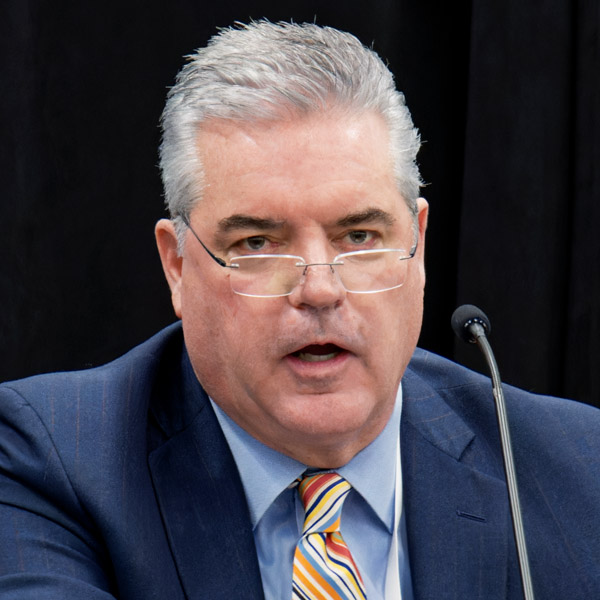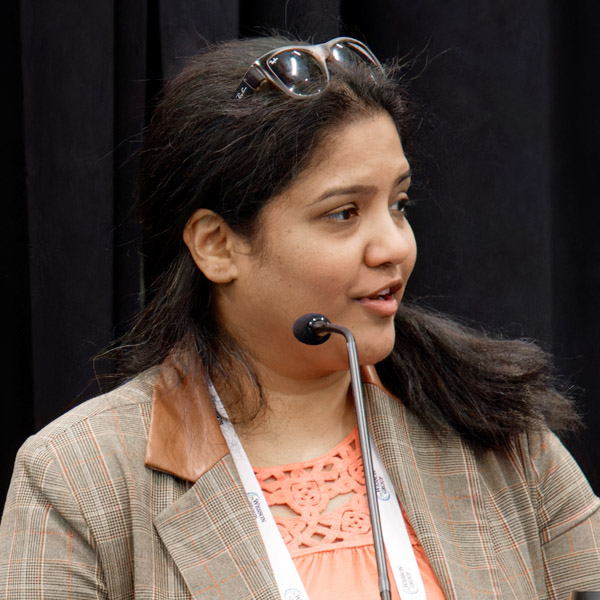ALBANY, N.Y. — Speeding up the construction of new transmission and other energy infrastructure is a recurring topic of conversation each year at the New York Energy Summit.
The 2025 edition of the Infocast event included standard complaints and constructive criticism, but there also seemed to be more progress to report than in some years.
The April 7-9 Energy Summit fell shortly before the one-year anniversary of the Renewable Action Through Project Interconnection and Deployment Act.
The RAPID Act expanded the powers and responsibility of the Office of Renewable Energy Siting, in hopes ORES could create for major transmission proposals some of the same streamlining it has done for proposed large-scale renewables: a standardized and expedited permitting process that can override local authority if needed.
Recently appointed ORES Executive Director Zeryai Hagos brought the audience up to speed on the work of what officially now is the Office of Renewable Energy Siting and Electric Transmission but still is known as ORES.
“We’ve got a much larger volume of transmission projects that we already know exist and are coming, and we have many, many more that are going to get approved by the [Public Service] Commission, I think, in the coming years, as the [Coordinated Grid Planning Process] begins to develop its first real big slate of projects at the end of next year,” he said.
“And so primarily the purpose of the RAPID Act was to ensure that we could keep moving at the pace necessary to achieve the climate goals and not let transmission be a barrier.”
Hagos recalled coming to New York in 2019 and discovering what everyone else discovers: It was a slow and expensive place to build generation and transmission.
Long-running efforts to address this have been complicated by events at the local and global level. Hagos recalled several such events during his tenure in New York:
Later in 2019, the state passed its landmark climate law, with statutory requirements that will radically increase the amount of electricity used in New York and radically decrease the amount of greenhouse gases emitted. (And radically increase the amount of generation and transmission capacity needed.)
In 2020, the COVID pandemic altered energy use patterns as people began to stay at home.
In 2022 and 2023, global supply chain and cost factors eviscerated New York’s portfolio of contracted clean-energy projects, likely making the first target of the climate law — 70% renewables by 2030 — unreachable.
Now in 2025, Hagos said, federal policy changes could actively thwart New York’s energy agenda, or make it more expensive to achieve, or both.
Interconnection queues are crowded and permitting reviews can be slow anywhere in the nation, not just in New York.
U.S. Rep. Daniel Goldman (D) focused on federal sluggishness in his remarks. “We really need to continue to streamline the process of getting clean energy up and running and on the grid. We need permitting reform,” he said, calling out specifically the irony of environmentally beneficial renewables being subject to the lengthy and rigorous reviews originally designed for environmentally unfriendly fossil fuel projects.
Max Luke, National Grid’s director of transmission and wholesale market policy, said the utility is optimistic about changes wrought by the RAPID Act as well as by FERC orders 1920 and 2023, and will work with NYISO and other stakeholders to continue refining the process.
The draft regulations promulgated through the RAPID Act are not complete — public comments are being accepted through April 18 — so their exact impact remains to be seen, Luke added.
“But National Grid is hopeful that that they will expedite transmission development considerably,” he said. “We’re faced with needing to build a lot more transmission in the state for a whole bunch of reasons, but a lot of that is driven by the state’s public policy objectives.”
ORES is not a magic bullet. It was intended to streamline the permitting process and limit the ability of local governments to stand in the way of policy goals, but it is not “drill, baby, drill,” a rubber stamp or a carte blanche. The application process is rigorous and complex, the pre-application process can take longer than the application process, and local opinion still matters.
One after another, developers, advocates and officials speaking at the summit warned against scrimping on community outreach or ignoring public opinion when pursuing energy projects.
Boralex public affairs manager Zack Hutchins said public outreach is even more important in the ORES era.
“The ORES structure has been extremely helpful as far as providing certainty and helping with timelines and all of that,” he said. “One of the unfortunate side effects of it has been that it’s created this tension between developers and local officials who feel that they don’t have a say.”
Boralex gets feet on the ground early and often when it is advancing a project, Hutchins said.
“And if we can prove that we provide value and that we can answer questions that [local officials] receive from angry citizens, then that gives us a leg up when it comes time to actually move into the development phase, the construction phase and then the operation phase of these various projects.”
Joel Thomas, who leads East Coast development for the AES Corporation, said a developer that waits until the permitting process to start pitching the project to the community has waited too long and can find themselves being reactive to people who already have made up their minds.
Alliance for Clean Energy New York Executive Director Marguerite Wells also emphasized proactive outreach. “You should be having dozens and dozens of community meetings before any public decisions get made,” she said.
Wells warned that the various streamlining efforts that ORES, NYISO and other New York entities are making are not simple changes:
“The promise and the challenge of the revised approach to managing the queue is that it’s going to deliver us projects out the other side that have been fully vetted in a much shorter period of time, but it is more expensive, and it requires a higher level of rigor going in and a higher level of financial commitment on the part of the developers throughout the process.”
As the one-year anniversary of the RAPID Act nears and the comment period on its draft regulations ends, ORES is trying to balance the many demands and expectations placed on it.
New York does not speak with one voice: It is a deep blue state by population but a heavily red state by geography. The red areas often are prime targets for energy development; some of them resent that fact and resent that ORES can override their objections.
More than 200 comments have been submitted about the RAPID Act draft regulations (24-M-0433), ranging from it being another dictatorial power grab to ORES not going far enough to shorten the permitting and pre-permitting processes.
“We recently extended the comment period because many stakeholders just thought that this was such a substantial change, and there was so much happening in the regulations,” Hagos said.
“We understand that there is a tradeoff between having really, really strong environmental protections and making sure we do it right, and also time — time and feasibility.”
And that provides a hint about a likely theme of conversation at the 2026 New York Energy Summit: How can we tweak New York’s permitting just a little further, and how can we assuage local discontent just a little more effectively?
